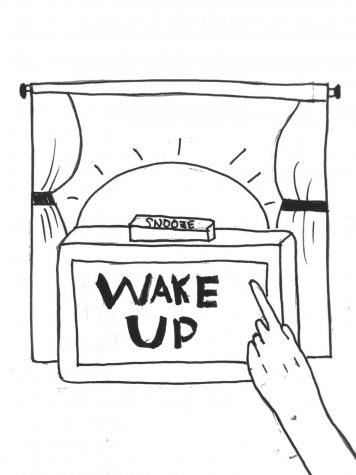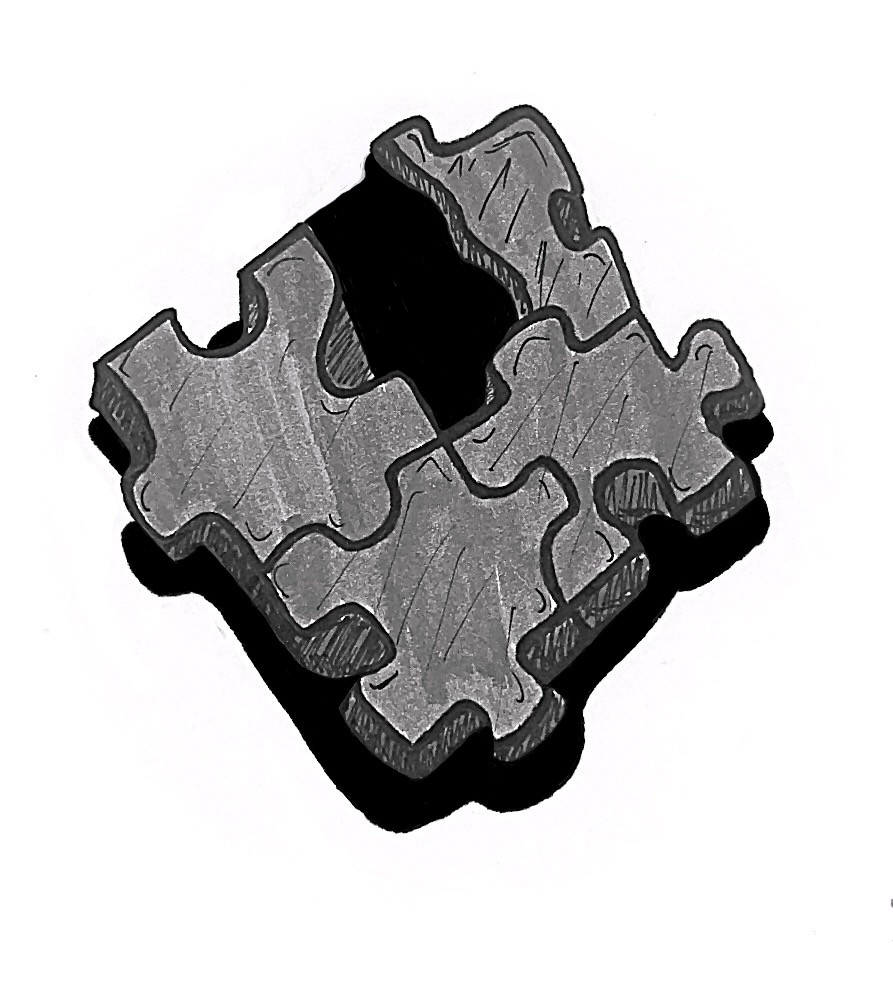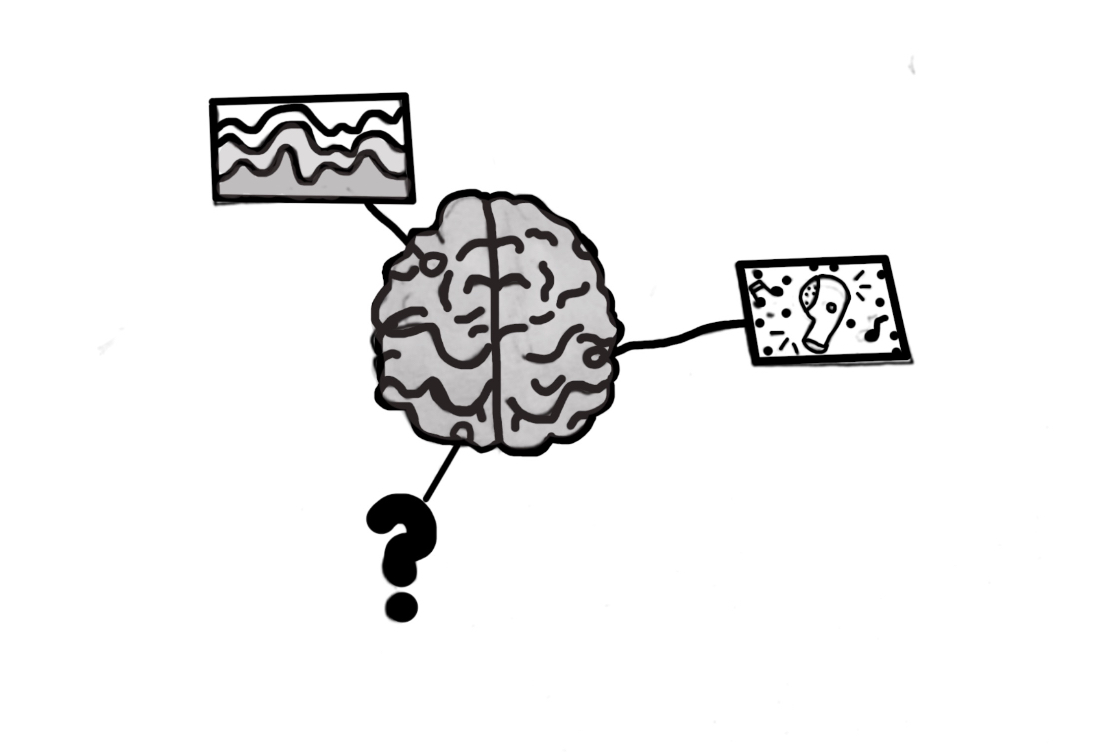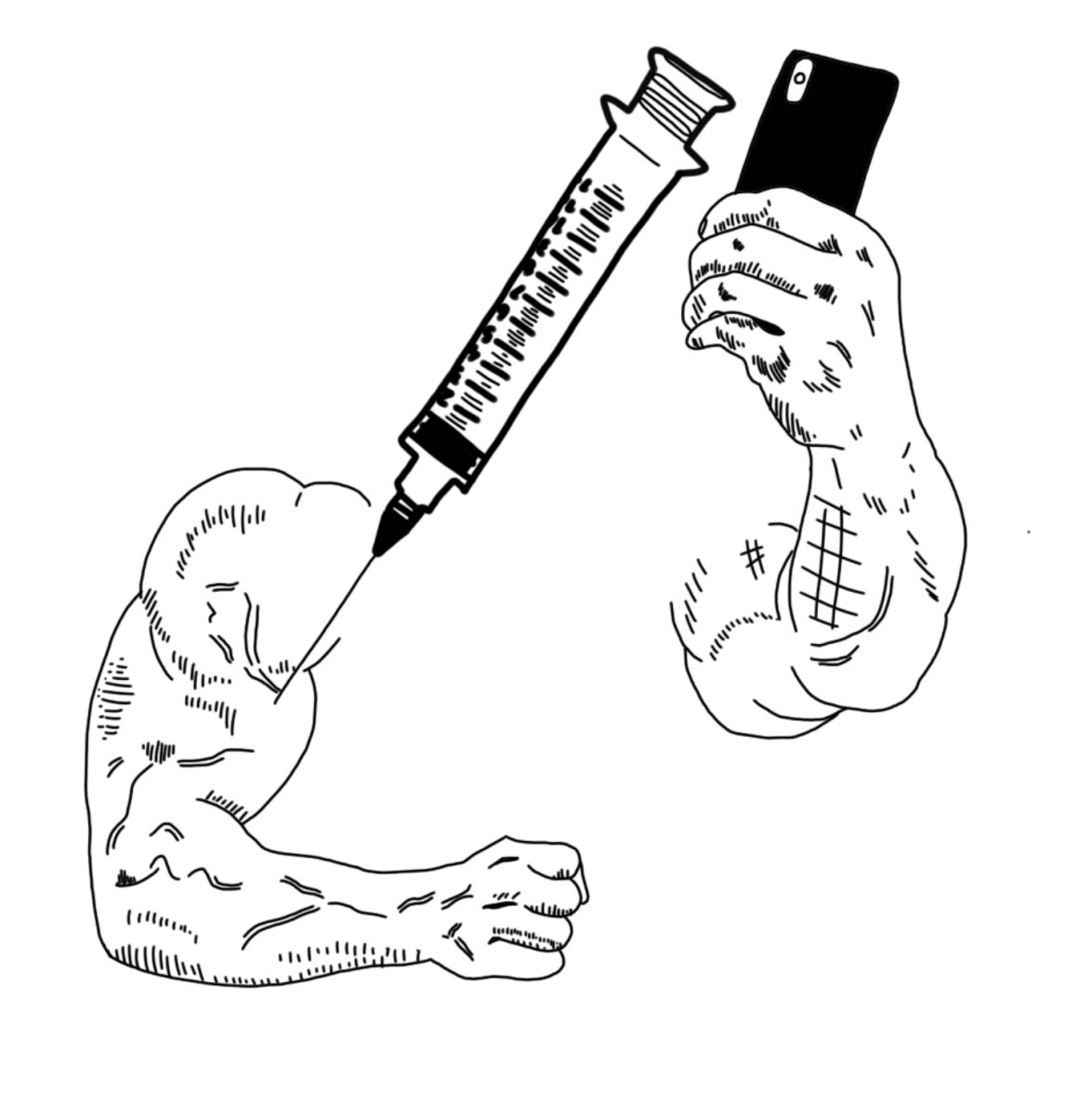
The day after daylight savings, I walked into my first-period class and saw the same expression plastered on my peers’ faces: exhaustion. When I sat down next to my partner, I could hear the annual groans regarding the new time switch. As my classmates rubbed their eyes and gulped down the last remaining sips of coffee, a question came to me, why do we have yearly time switches? Every year, the switch between standard time and daylight saving time seems useless and unnecessary. The United States should stay on daylight saving time in order to not disrupt student sleep schedules and to prevent health risks from harming students.
In the United States, daylight saving time lasts for the majority of the year. For eight months of the year, Americans have longer days with more daylight. Standard time and daylight saving time used to be equal, but recently standard time has been used less. In 2006, standard time was used for five months out of the entire year; however, the years following 2006 have only implemented standard time for four months of the year. Because Standard time is not even used for half of the calendar year, the US should end its use entirely. Daylight saving times can be easily expanded to twelve months without any disruptions to people’s lives.
Many people feel drowsy or exhausted when they switch their clocks to a new time, as their biological responses are tied to switching clocks for daylight saving time. The New England Journal of Medicine states, “The transition involved in Daylight Saving disrupts chronobiological rhythms and can influence the duration and quality of sleep…” Not only does the action of switching our clocks ruin our sleep schedules, but it also puts our health at risk. According to The New England Journal of Medicine, the disruption of chronobiological (the impact of lunar and solar phenomena on organisms) rhythms can lead to a greater risk of diseases such as heart attacks and strokes. No one should have to endure sleep deprivation while also being at greater risk for strokes and heart attacks. The US should stay on daylight savings time in order to prevent the increase of preventable health risks and to make the lives of Americans easier.
Not only is there support from students to stay on daylight saving time, but politicians, such as Senator Marco Rubio, are promoting #LocktheClock whose purpose is to get rid of Standard Time. According to The United States Congressional website, the proposed Sunshine Act of 2019’s purpose is to make daylight saving time the permanent standard time. Since there are already many politicians who support daylight savings and sponsor bills to make it the regulated time, the US should move to enact bills such as the Sunshine Act. There are many people that oppose staying on daylight saving time. While daylight saving does extend the hours of daylight present, it does not necessarily mean we are using less electricity. A common argument is that daylight saving time causes appliances such as air conditioners to take the place of heating, and no energy is saved. According to the New York Times, many people tend to start using their A.C. much more after switching onto daylight saving time. They stated, “…people tended to ‘crank up the A.C.,’ leading to overall higher energy use.” While it is true that daylight saving time may not save copious amounts of energy, its use is still impactful. The Department of Energy states that during daylight saving time, the US saves around 0.5 percent of total electricity, per day. While it may seem like a small percentage, the amount being saved is equivalent to the amount of electricity used by more than 100,000 households for an entire year. This energy adds up. While Americans may be switching one electricity consuming appliance for another, ultimately daylight saving causes the US to save a significant amount of energy.
According to CBS, seven out of 10 Americans would prefer to not switch their clocks during the year. Not only does the switch between daylight saving and standard time cause an imbalance in students’ sleep schedule, but it increases the chances of health risks that would be otherwise preventable. This is unjust and unfair to the American people and must be changed immediately. It is time for the US to finally take steps towards updating an outdated policy. Hopefully, next year we won’t be so drowsy.







